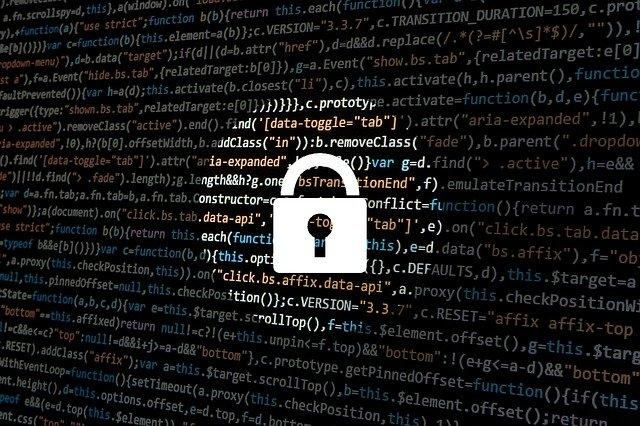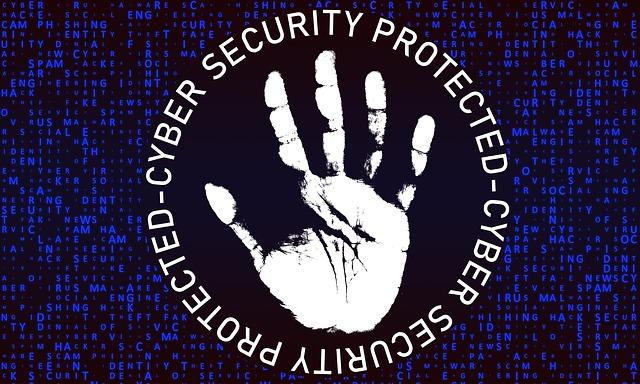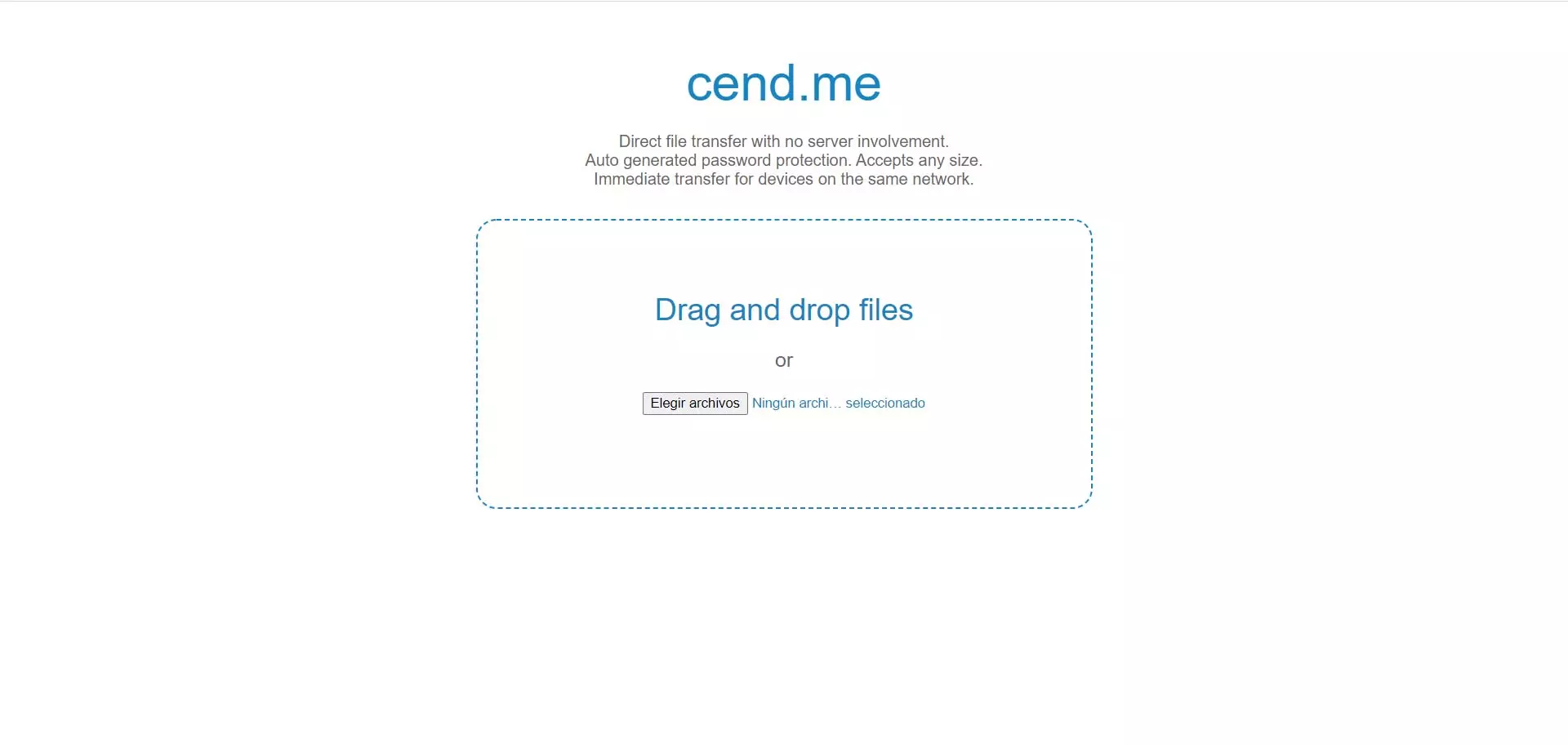
Businesses are increasingly exposed to numerous threats from cybercriminals. Security issues and keeping your confidential data safe is what they care most about. Every day a worker inadvertently infects your organization’s computers with various types of malware, computer worms, and more. However, lately one of the attacks that worries us the most is the ransomware that encrypts our files and then asks for a ransom. In this article we will explain why ransomware is a problem beyond losing files. In this article we are going to explain how Phishing, ransomware and human error are the biggest security risks that companies are facing.
New research from software company Python STX Next explains how the world is getting used to the new normal as progress in the technology and IT industries is accelerating rapidly. In this regard, it is important to know the most important issues for CTOs. In case you don’t know, CTO comes from the acronym in English Chief Technology Officer. He is usually responsible for the engineering team and is also in charge of implementing the technical strategy to improve the final product.
In this report, a survey of more than 500 CTOs from 4 continents was conducted in which they have shared knowledge about technology, current trends, security and management. Research has revealed that CTOs view human error, ransomware, and phishing as the biggest security risks. If we want to have greater security, one of the things we need is to have stronger passwords.
The biggest security risks of companies
This worldwide study shows that the 60% of the CTOs see the human error as the main security threat For your business, we must bear in mind that the human being is the weakest link in the chain, and it is useless to have many security measures if malware later enters through human error. In addition, they think that another of the biggest security risks they are most concerned about the ransomware with a fifty% and the phishing with a 35%.
However, despite being aware of these dangers, only 26% say they have a dedicated cybersecurity team and only 50% have their cyber responsibilities outsourced. Good news is that adoption of multi-factor authentication is strong and almost 90% of companies are using it somehow. On the other hand, on the negative side we find these aspects:
- 50% have not implemented protection against ransomware, today protecting ourselves against this threat is very important.
- 58% do not use security information and event management (SIEM), which is essential to correlate different events.
- 41% do not use privileged access management (PAM).
You may be interested in learning to differentiate if an email is official or Phishing.
Last conclusions
One positive thing to note is that the 92% he has implemented disaster recovery capabilities, such as automated backups. Here you have the report that is available on the STX Next website.
According Maciej Dziergwa, CEO of STX Next, comments that according to the survey, while ransomware has increased, the biggest security concern for CTOs remains the potential impact of human error. This is because many types of attacks depend on someone clicking a link or downloading a file to be successful. On the other hand, he added that companies that employ their own dedicated cyber team are still a minority and that although outsourcing is preferred, it is not a common policy either.
Also Dziergwa says that strong disaster recovery planning shows that organizations are doing well and ensuring that the business is resilient in the face of unexpected disruptions. Finally, he says the next step would be for leaders to apply this approach to the more granular elements of cybersecurity, including anti-ransomware tools.




